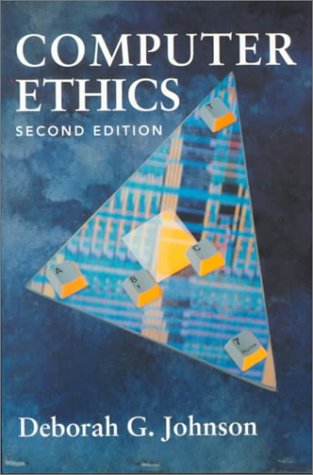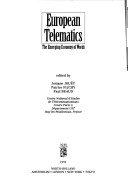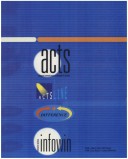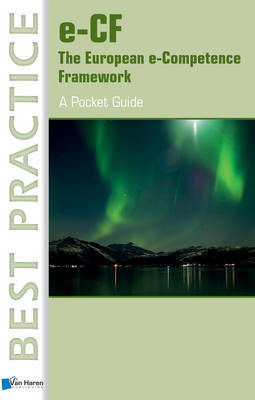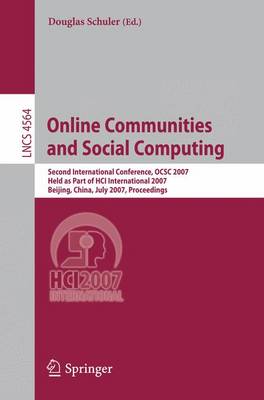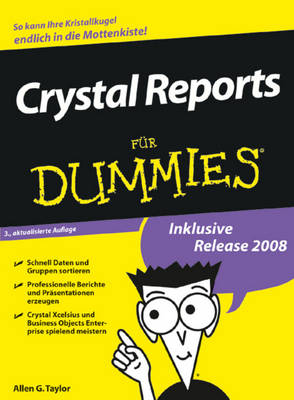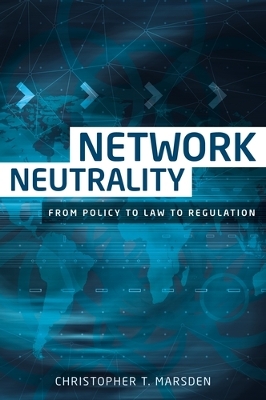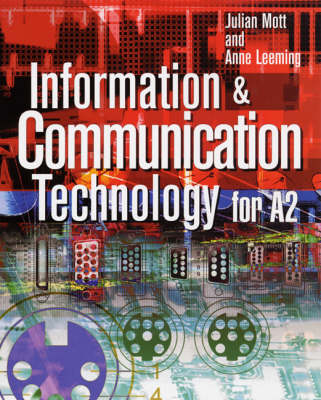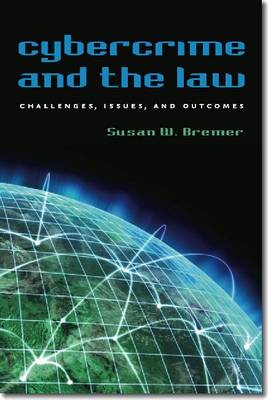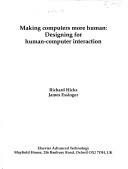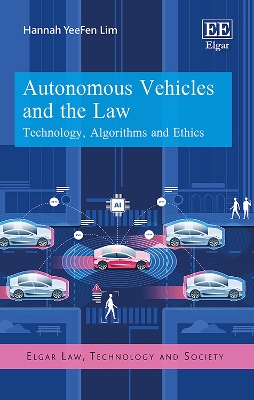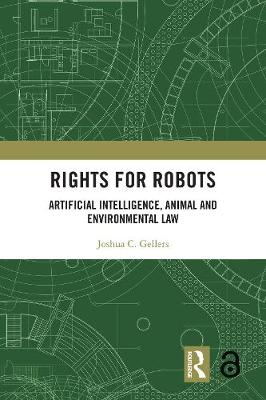For one-semester courses in Computer Ethics, Applied Ethics, Computers, Ethics and Society, Ethics and Information Systems, Computers and Society, or Social Effects of Technology.Written in clear, accessible prose, this text brings together philosophy, law, and technology. Provide a rigorous, in-depth exploration and analysis of a broad range of topics regarding the ethical implications of widespread use of computer technology. The approach is normative while also exposing the student to alterna...
Evidential Weight and Legal Admissibility of Electronic Information
by Peter Howes and Alan Shipman
It-Vertragsrecht (de Gruyter Handbuch)
by Thomas Hoeren and Stefan Pinelli
European Telematics
Today, at the start of the 1990's, there is one country where Telematics has entered its adult phase - France. This French success story - more than five million terminals distributed - is interesting because its history is filled with conflict and has, at critical junctures, narrowly escaped failure. Although it is rare for communications researchers to be able to intervene "live" while a new medium is emerging, this is what most of the authors of this book have accomplished. The different part...
Mobile working and remote working from home or a small office, using phone, PC, fax and narrowband Internet is a rapidly increasing practice. The many well-documented benefits of working this way include higher productivity, more time spent with the family and local community and less time wasted commuting. At a community level they include benefits to the environment through substituting physical transport by telecommunications, and re-vitalisation of ruiral communities. Yet, people who work ma...
E-CF the European E-Competence Framework
This book constitutes the refereed proceedings of the Second International Conference on Online Communities and Social Computing, OCSC 2007, held in Beijing, China in July 2007 in the framework of the 12th International Conference on Human-Computer Interaction, HCII 2007 with 8 other thematically similar conferences. The 56 revised papers presented were carefully reviewed and selected from numerous submissions. The papers accepted for presentation thoroughly cover the thematic area of online com...
Computing in the Information Age / Wackerly Lab Intro CIS
by Nancy B. Stern
Net neutrality is the most contested Internet access policy of our time. This book offers an in-depth explanation of the concept, addressing its history since 1999, its engineering, the policy challenges it represents and its legislation and regulation. Various case studies are presented, including Specialized Services and Content Delivery Networks for video over the Internet, and the book goes on to examine the future of net neutrality battles in Europe, the United States and developing countri...
A Computer for Each Student
Since the use of computers is expanding so rapidly, it is expected that five years from now 70 to 80 percent of students will have their own personal computer. This clearly will have an impact on teaching and the curriculum in most subjects. The purpose of this conference was to determine and evaluate this impact. Changes in traditional classroom teaching and examinations in areas such as Science and Engineering, Medical Science, Library and Information Science, the Management Sciences, and othe...
Information and Communications Technology for A2
by Julian Mott and Anne Leeming
Key Element Guide Suite (Print Pack of 5) [Chinese Language]
The exponential increase in cybercrimes in the past decade has raised new issues and challenges for law and law enforcement. Based on case studies drawn from her work as a lawyer, Susan W. Brenner identifies a diverse range of cybercrimes, including crimes that target computers (viruses, worms, Trojan horse programs, malware and DDoS attacks) and crimes in which the computer itself is used as a tool (cyberstalking, cyberextortion, cybertheft, and embezzlement). Illuminating legal issues unique t...
This very readable book delves into the problem of human-computer interaction and answers the fundamental question: What makes a good User Interface? Written by one of the world's leading specialists in man-machine interface Richard hicks and technology writer James Essinger explore the subject and give practical advice on the do's and don'ts of user interface design. The authors introduce the reader to the whole subject of designing for human-computer interaction and present detailed personal i...
Autonomous Vehicles and the Law - Technology, Algorithms and Ethics (Elgar Law, Technology and Society)
by Hannah Y. Lim
Autonomous vehicles have attracted a great deal of attention in the media, however there are some inconsistencies between the perception of autonomous vehicles? capabilities and their actual functions. This book provides an accessible explanation of how autonomous vehicles function, suggesting appropriate regulatory responses to the existing and emerging technology. Hannah YeeFen Lim explores the current capabilities of autonomous vehicles and importantly, highlights their inherent limitations....
Rethinking the Jurisprudence of Cyberspace
by Chris Reed and Andrew Murray
Cyberspace is a difficult area for lawyers and lawmakers. With no physical constraining borders, the question of who is the legitimate lawmaker for cyberspace is complex. Rethinking the Jurisprudence of Cyberspace examines how laws can gain legitimacy in cyberspace and identifies the limits of the law?s authority in this space. Two key questions are central to the book: Who has authority to make laws within cyberspace and how do laws in cyberspace achieve legitimacy? Chris Reed and Andrew Murr...
Licensing and Buying Azure Reserved Instances and Server Subscriptions
by Louise Ulrick
Bringing a unique perspective to the burgeoning ethical and legal issues surrounding the presence of artificial intelligence in our daily lives, the book uses theory and practice on animal rights and the rights of nature to assess the status of robots. Through extensive philosophical and legal analyses, the book explores how rights can be applied to nonhuman entities. This task is completed by developing a framework useful for determining the kinds of personhood for which a nonhuman entity migh...

